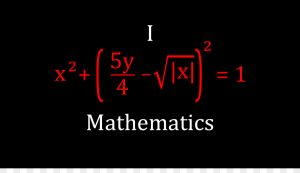Abstract Class vs. Interface in Java: A Comprehensive Guide
In Java, both abstract classes and interfaces are used to define abstract types that provide a blueprint for implementing classes. While they serve similar purposes, there are key differences between them that you need to understand. In this tutorial, we’ll explore the dissimilarities between abstract classes and interfaces in Java, and when to use each.
Abstract Class
An abstract class in Java is a class that cannot be instantiated on its own and may contain both abstract and concrete methods. It serves as a partial implementation of a class, allowing subclasses to provide specific implementations for the abstract methods.
Example:
abstract class Shape {
abstract void draw(); // Abstract method
void display() {
System.out.println("Displaying shape");
}
}
class Circle extends Shape {
void draw() {
System.out.println("Drawing circle");
}
}
class Rectangle extends Shape {
void draw() {
System.out.println("Drawing rectangle");
}
}Interface
An interface in Java is a blueprint of a class that contains only abstract methods, constants, and static methods. It defines a contract for what a class can do without specifying how it does it. Any class implementing an interface must provide concrete implementations for all the methods declared in the interface.
Example:
interface Drawable {
void draw();
}
class Circle implements Drawable {
public void draw() {
System.out.println("Drawing circle");
}
}
class Rectangle implements Drawable {
public void draw() {
System.out.println("Drawing rectangle");
}
}Key Differences
- Method Implementation:
- Abstract classes can have both abstract and concrete methods.
- Interfaces can only have abstract methods (prior to Java 8), but they can now have default and static methods with implementations.
- Inheritance:
- A class can extend only one abstract class but can implement multiple interfaces.
- This makes interfaces more flexible in terms of multiple inheritances.
- Usage:
- Abstract classes are used to define common behavior among subclasses.
- Interfaces are used to define contracts for classes to adhere to, enabling polymorphism.
When to Use Each?
- Use abstract classes when you want to provide a common base implementation for a group of related classes.
- Use interfaces when you want to define a contract for a class to follow without specifying the implementation details, especially when dealing with multiple inheritances or when you want to achieve full abstraction.
Understanding the differences between abstract classes and interfaces is crucial for designing robust and flexible Java applications. Choose the appropriate one based on your design requirements and leverage their strengths effectively.






